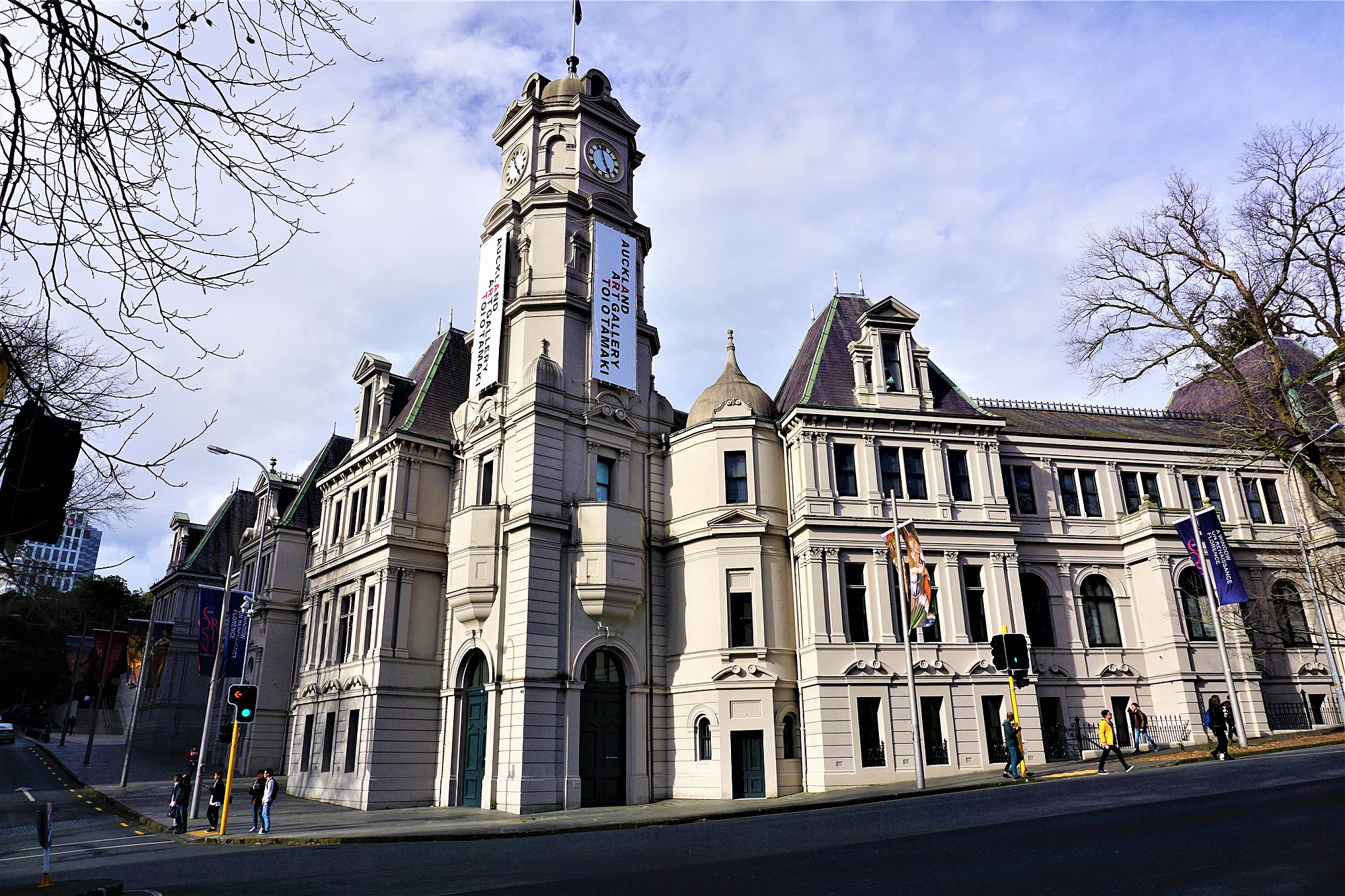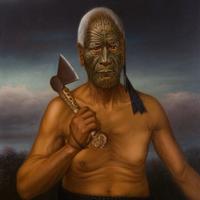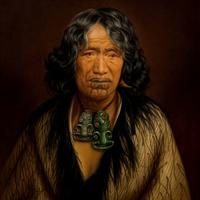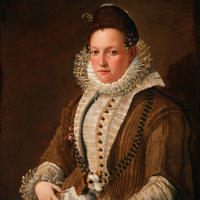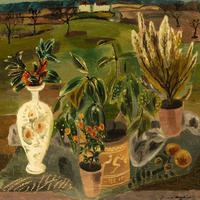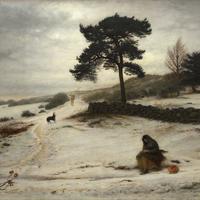More about Auckland Art Gallery Toi o Tāmaki

Contributor
In 1888, the Auckland Art Gallery Toi O Tāmaki was founded by a group of colonists with the help of a gift from Sir George Grey, former governor of New Zealand.
Grey donated work by William Blake, David Wilkie, and unnamed Māori people. The Māori language forms part of the name of the gallery: "The building’s official name, Auckland Art Gallery Toi O Tāmaki, includes both reo Māori and English to recognise both of the founding cultures of Aotearoa/New Zealand. Toi o Tāmaki can be literally translated as Art of Auckland - Toi being art, and Tāmaki in this usage being an abbreviation of Tāmaki Makaurau, one of the original Mana Whenua names for Auckland."
At the main entrance, the late Māori artist Arnold Manaaki Wilson installed three columns to invoke the presence of three Māori atua (deities): Ranginui (Sky Father), Papatūānuku (Earth Mother) and Tāne Mahuta, the forest deity, all of whom occupy central roles in the Māori cosmology and creation narrative.
The gallery's language of parallel New Zealander and Māori sovereignty, including the use of Aotearoa as an equivalent term for "New Zealand," shows that, as of 2019, the government of Auckland is in some ways more conscious of the sovereignty of its indigenous people than most municipal governments in the U.S. However, this does not mean that the overall situation of New Zealand's indigenous people is "better" than that of first peoples in the United States, even if the language occupies a more prominent place in civil society. Nonetheless, the use of both languages indicates that the political system of control by fiat of the colonial forces, analogous to the plenary power of the U.S. Congress in Federal Indian Law, is not sustainable ecologically or ethically. The gallery's name and program are part of a recent effort in the country to honor the 1840 Treaty of Waitangi, which is self-contradictory and the source of extensive debate.
In 2009, Julian and Josie Robertson announced a gift to the gallery of artworks insured at $320 million, much more than the recent $113 million renovation to the building: "The Julian and Josie Robertson Collection, dates from 1875-1951 and includes works by Paul Cezanne, Paul Gauguin, Pablo Picasso, Henri Matisse, Piet Mondrian, Salvador Dali, Georges Braque, Andre Derain, Fernand Leger, Pierre Bonnard and Henri Fantin-Latour." As the gallery simultaneously pursues excellence in the eyes of international visitors, European critics, collectors, curators, and Māori political organizers, it will need to balance its ethical promises to the indigenous people with its ever-growing set of international investments.
Sources
- ArtForum, "KIRSTEN PAISLEY NAMED DIRECTOR OF AUCKLAND ART GALLERY TOI O TĀMAKI." Apr. 23, 2019, https://www.artforum.com/news/kirsten-paisley-named-director-of-aucklan…
- Auckland Council, "Toi O Tāmaki: Public Art Gallery." Auckland Design Manual, http://www.aucklanddesignmanual.co.nz/resources/case-studies/toiotamaki.
- "Sir George Grey." Auckland Art Gallery Toi O Tāmaki https://www.aucklandartgallery.com/page/sir-george-grey.
- Herrick, Linda. "Picassos among $115m gift to Auckland." NZ Herald, May 7, 2009, https://www.nzherald.co.nz/nz/news/article.cfm?c_id=1&objectid=10571094.
- Orange, Claudia. "Treaty of Waitangi - Honouring the treaty – 1940 to 2000s." Te Ara - the Encyclopedia of New Zealand, Jun. 20, 2012, http://www.TeAra.govt.nz/en/treaty-of-waitangi/page-7.
- Robinson, Amanda Jane. "Auckland Art Gallery to charge international visitors $20 entry fee." NewsHub, Jan. 21, 2018, https://www.newshub.co.nz/home/new-zealand/2018/01/auckland-art-gallery….
- Wilson, Simon. "Why is Auckland slowly strangling its art gallery?" The Spinoff, https://thespinoff.co.nz/auckland/12-12-2017/the-gallery-of-all-our-dre….
Featured Content
Here is what Wikipedia says about Auckland Art Gallery
Auckland Art Gallery (Māori: Toi o Tāmaki) is the principal public gallery in Auckland, New Zealand. It has the most extensive collection of national and international art in New Zealand and frequently hosts travelling international exhibitions.
Set below the hilltop Albert Park in the central-city area of Auckland, the gallery was established in 1888 as the first permanent art gallery in New Zealand.
The building originally housed both the Auckland Art Gallery and the Auckland public library, and opened with collections donated by benefactors Governor Sir George Grey and James Tannock Mackelvie. This was the second public art gallery in New Zealand, after the Dunedin Public Art Gallery, which opened three years earlier in 1884. Wellington's New Zealand Academy of Fine Arts opened in 1892 and a Wellington Public Library in 1893.
In 2009, it was announced that the gallery received a donation of artworks from American businessman Julian Robertson, valued at over $100 million, the largest ever of its kind in the region. The works were put on display in 2024.
Check out the full Wikipedia article about Auckland Art Gallery

